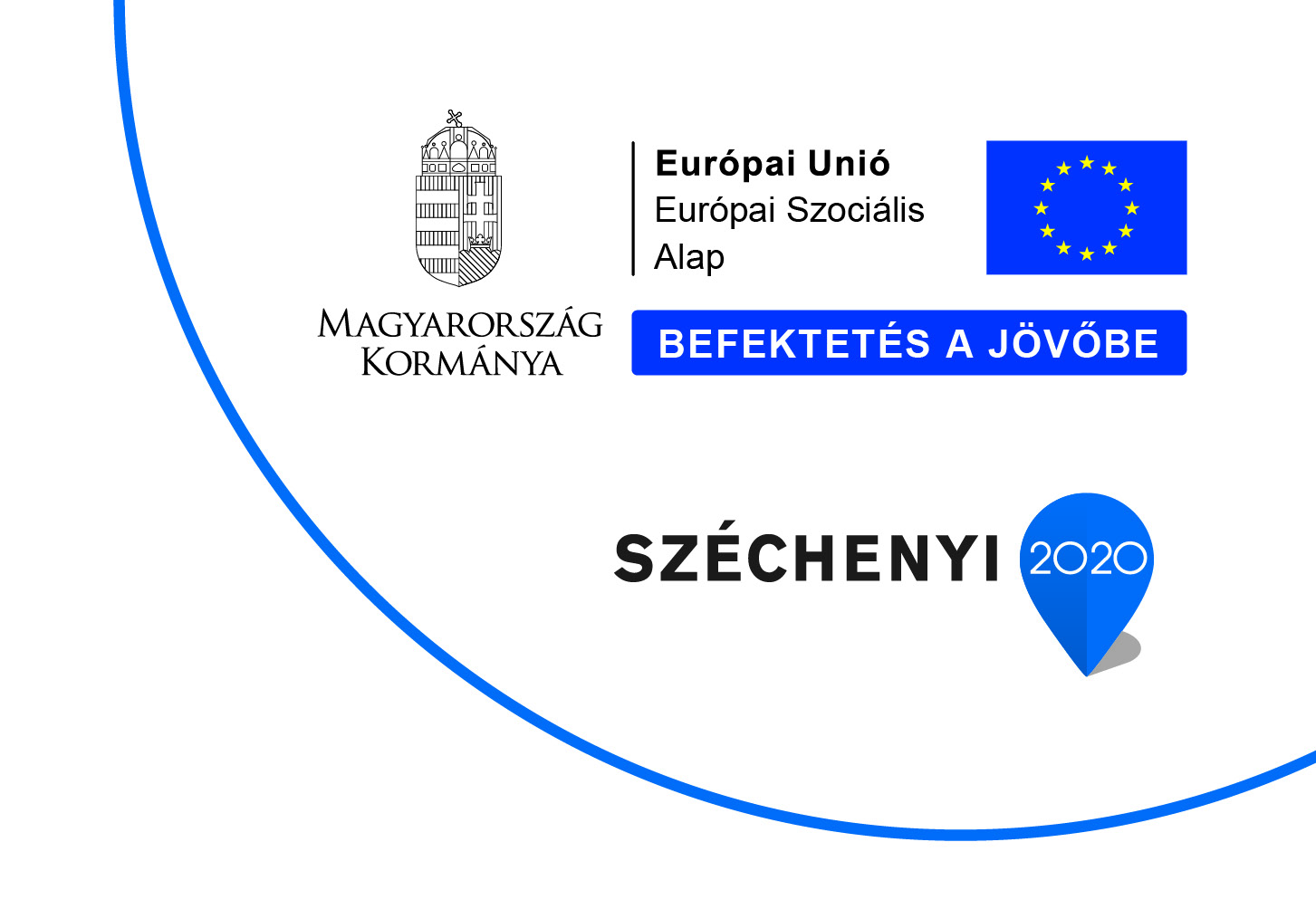Horváth Nikolett (2024) Intercultural differences at a workplace in the United States. Kereskedelmi, Vendéglátóipari és Idegenforgalmi Kar.
|
PDF
Nikolett Horváth_OPJXPJ_Intercultural differences at a workplace in the United States_2024.pdf Hozzáférés joga: Csak nyilvántartásba vett egyetemi IP címekről nyitható meg Download (1MB) |
|
|
PDF
Horváth Nikolett _k.pdf Hozzáférés joga: Bizalmas dokumentum (bírálat) Download (243kB) |
|
|
PDF
BA KM angol bírálati lap BELSŐ DR - Horváth Nikolett.pdf Hozzáférés joga: Bizalmas dokumentum (bírálat) Download (248kB) |
Absztrakt (kivonat)
Cross-cultural differences are a defining characteristic of the American workplace, reflecting cultural diversity and the impact of globalization (Hofstede, 1984; Steger, 2021). This study combined secondary literature and interviews with multicultural employees to explore these differences and how they impact workplace dynamics and relationships. The results showed that while diversity can present challenges, it can stimulate growth, innovation, and collaboration.Differences often manifest themselves in communication styles, cultural norms, and expectations. High-context employees, such as Latin Americans, struggle with the directness of American workplaces, while low-context employees, like Eastern Europeans, find it vague or overly indirect (Meyer, 2014). These differences have sometimes led to misunderstandings but have also fostered resilience and empathy. Managing diversity requires mutual adaptation, particularly in areas like hierarchy, feedback, and teamwork norms (Hofstede & Bond, 1984; Fitzpatrick, 2020).Effective leadership is crucial. Thus, inclusive leaders who combine cognitive and affective trust and provide diversity training build healthy, collaborative teams (Ermasova, 2021; Chua et al., 2008). Open conversations and team-building activities strengthen connections, fostering inclusion, and innovation, and reducing misunderstandings (Fitzpatrick, 2020; Ferguson & Birman, 2016).This thesis considers cross-cultural differences as both a barrier and an opportunity. Future studies could investigate diversity in different fields, the longitudinal effects of integration, and the impact of telework on cultural structures.As globalization continues to shape workplaces, understanding and leveraging cultural diversity will remain crucial. Organizations that embrace these differences with intentionality can foster inclusive, innovative, and high-performing environments, positioning themselves for long-term success. Further research will ensure these strategies remain adaptable to an ever-evolving global workforce.
Intézmény
Budapesti Gazdasági Egyetem
Kar
Kereskedelmi, Vendéglátóipari és Idegenforgalmi Kar
Tanszék
Kereskedelem Tanszék
Tudományterület/tudományág
NEM RÉSZLETEZETT
Szak
| Mű típusa: | diplomadolgozat (NEM RÉSZLETEZETT) |
|---|---|
| Kulcsszavak: | intercultural differences, intercultural management, organizational culture, team dynamics, United States |
| SWORD Depositor: | User Archive |
| Felhasználói azonosító szám (ID): | User Archive |
| Rekord készítés dátuma: | 2025. Már. 25. 11:21 |
| Utolsó módosítás: | 2025. Már. 25. 11:21 |
Actions (login required)
 |
Tétel nézet |



